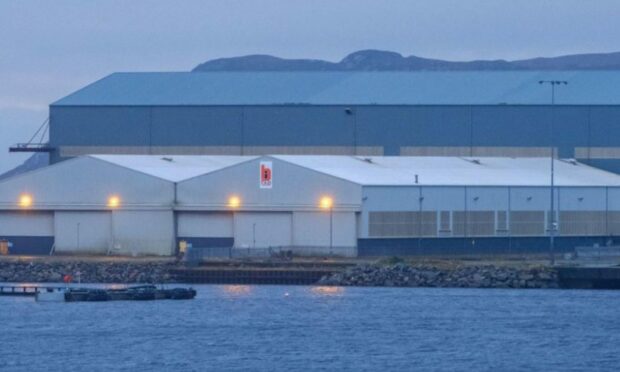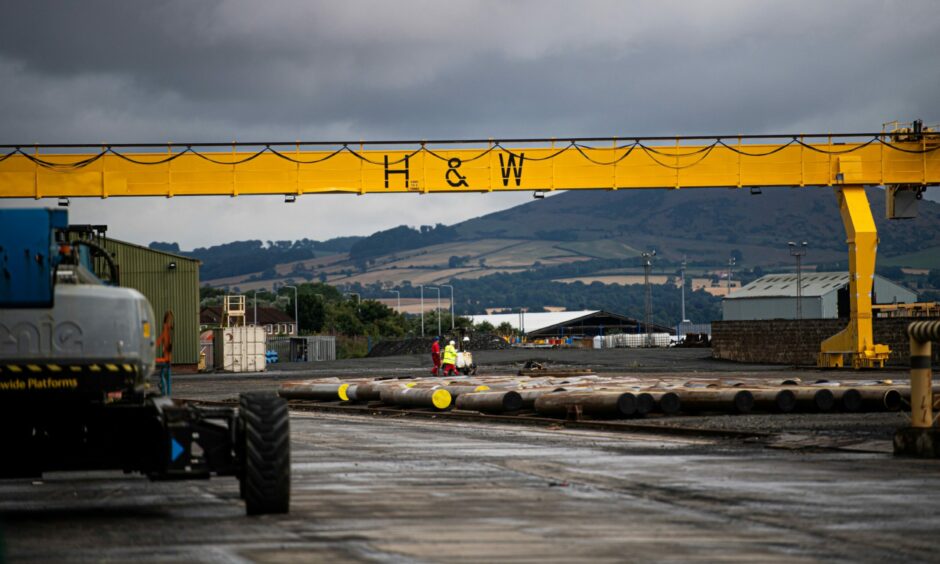Troubled shipbuilder Harland & Wolff, which employs 150 people on Isle of Lewis, will not be thrown a financial lifeline by the UK government.
The company had been in talks with the Department for Business and Trade over support including a £200 million loan.
But business secretary Jonathan Reynolds confirmed the application had been rejected, saying such funding “would not necessarily secure our objectives”.
It could now see the shipbuilder broken up and sold.
150 jobs in doubt at Arnish shipyard
Harland & Wolff is one of the largest employers on the Isle of Lewis at the Arnish shipyard and employs hundreds of others at Methil in Fife.
GMB Scotland, the biggest union at Harland & Wolff’s two Scottish shipyards, has urged UK and Scottish ministers to work together to protect hundreds of skilled jobs.
The firm had been in crisis talks with its lender, New York-based Riverstone Credit Partners, but the new government believes signing off on the deal would be an inappropriate use of public funds.
The company, which built the ill-fated Titanic, had been seeking to borrow from a consortium of UK banks, but needed the government to act as guarantor – meaning if the loans were to go bad the state would step in to repay the lenders.
In a written statement the business secretary, Jonathan Reynolds, said: “This decision was based on a comprehensive assessment of the company’s financial profile and the criteria set out in our risk policies.
“We have also decided not to provide any form of emergency liquidity funding.
“The government believes, in this instance, that the market is best placed to resolve the commercial matters faced by Harland and Wolff.”
Harland & Wolff money troubles
The guarantee would have allowed the company to refinance its £190m debt and other liabilities.
Harland and Wolff boss John Wood, who led a £6m rescue of shipyard in 2019, announced his sudden departure last week.
The shipbuilder was forced to suspend its London-listed shares a fortnight ago, raising concerns about its future.
It has missed two deadlines to file audited accounts, raising questions over its finances and its ability to fulfil a £1.6 billion contract to build the three navy support ships.
Workers deserve ‘support’
Louise Gilmour, GMB Scotland secretary, said: “The recent history of the Scots yards has been one of squandered opportunities.
“The workers are skilled, committed and blameless for the ongoing uncertainty around their yards.
“They deserve every possible support from ministers on both sides of border who must work urgently management and unions to find a secure way forward.
“There are many options to protect these yards, including in the manufacture of wind turbines and other renewable energy infrastructure.
“If talk of a just transition is ever to be more than empty words, these workers and their yards must have a secure future as part of a new industrial strategy for Scotland.”


